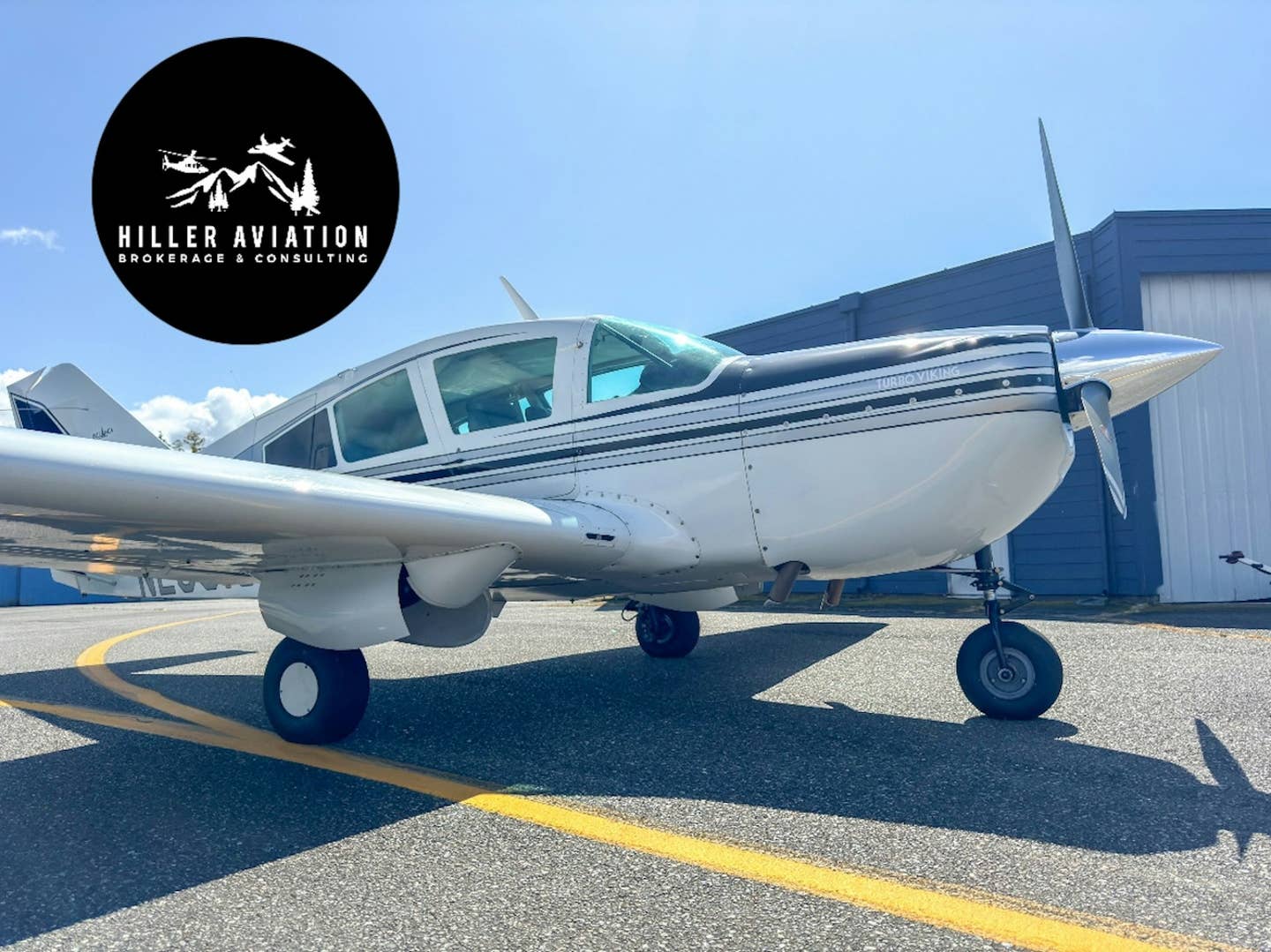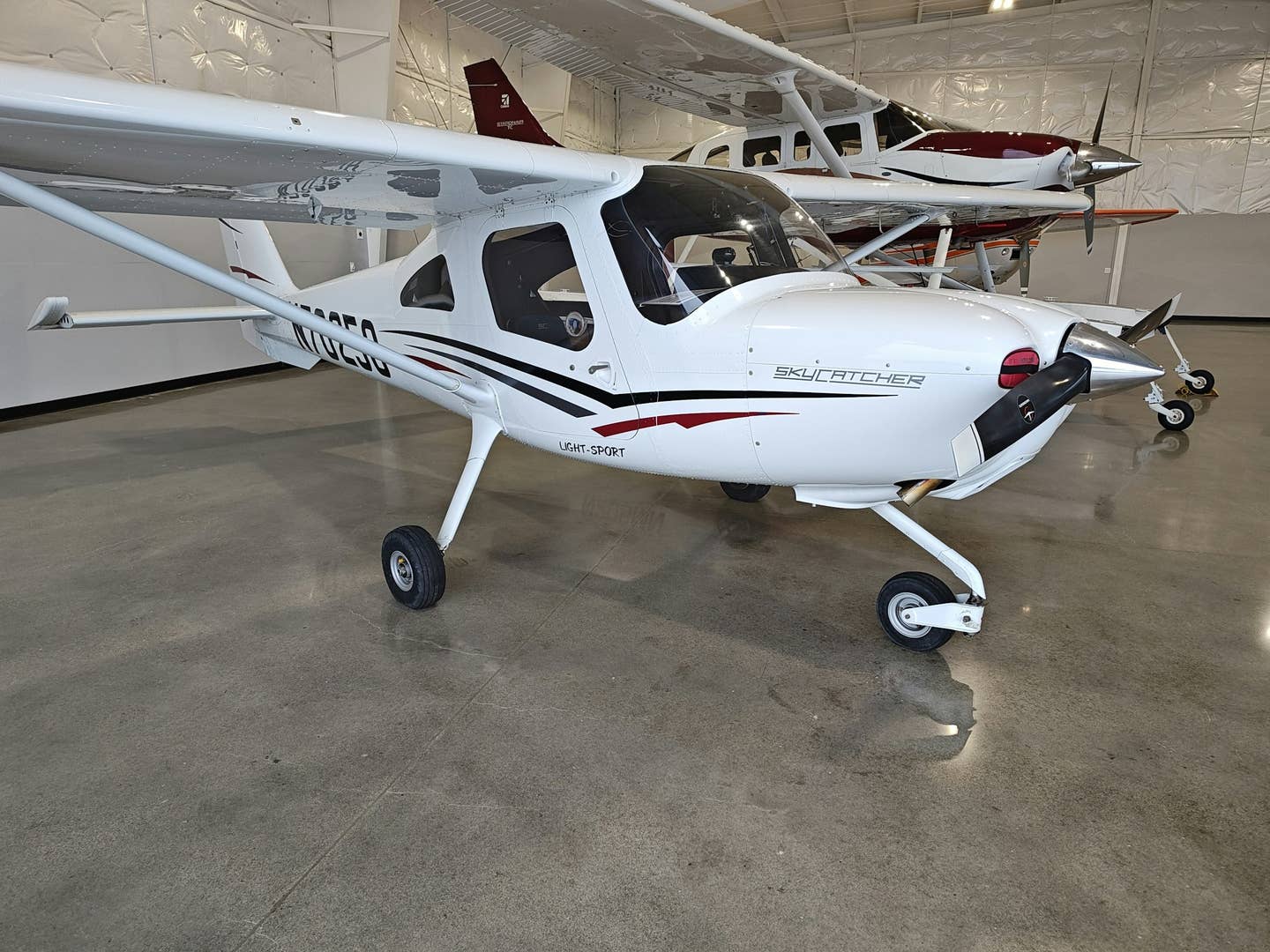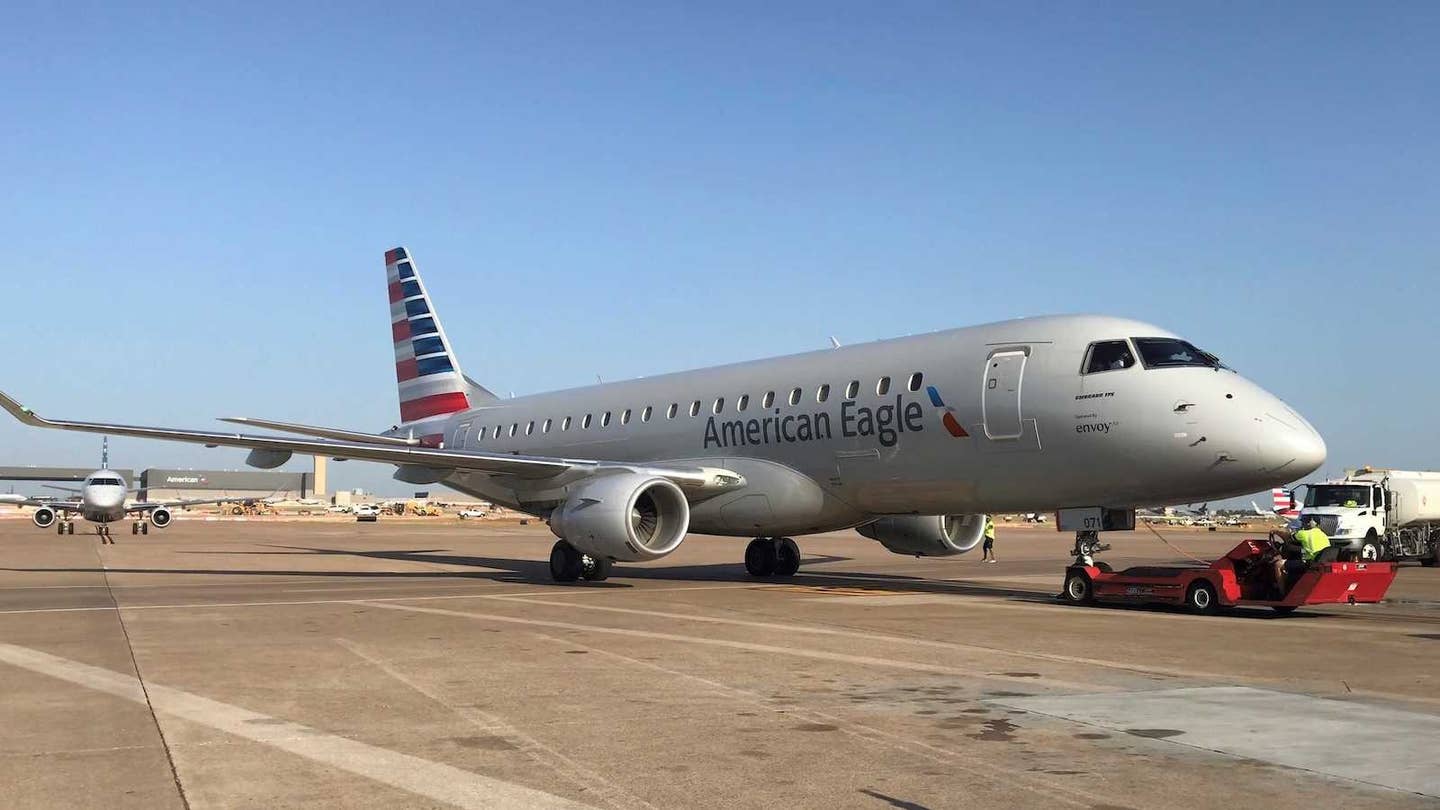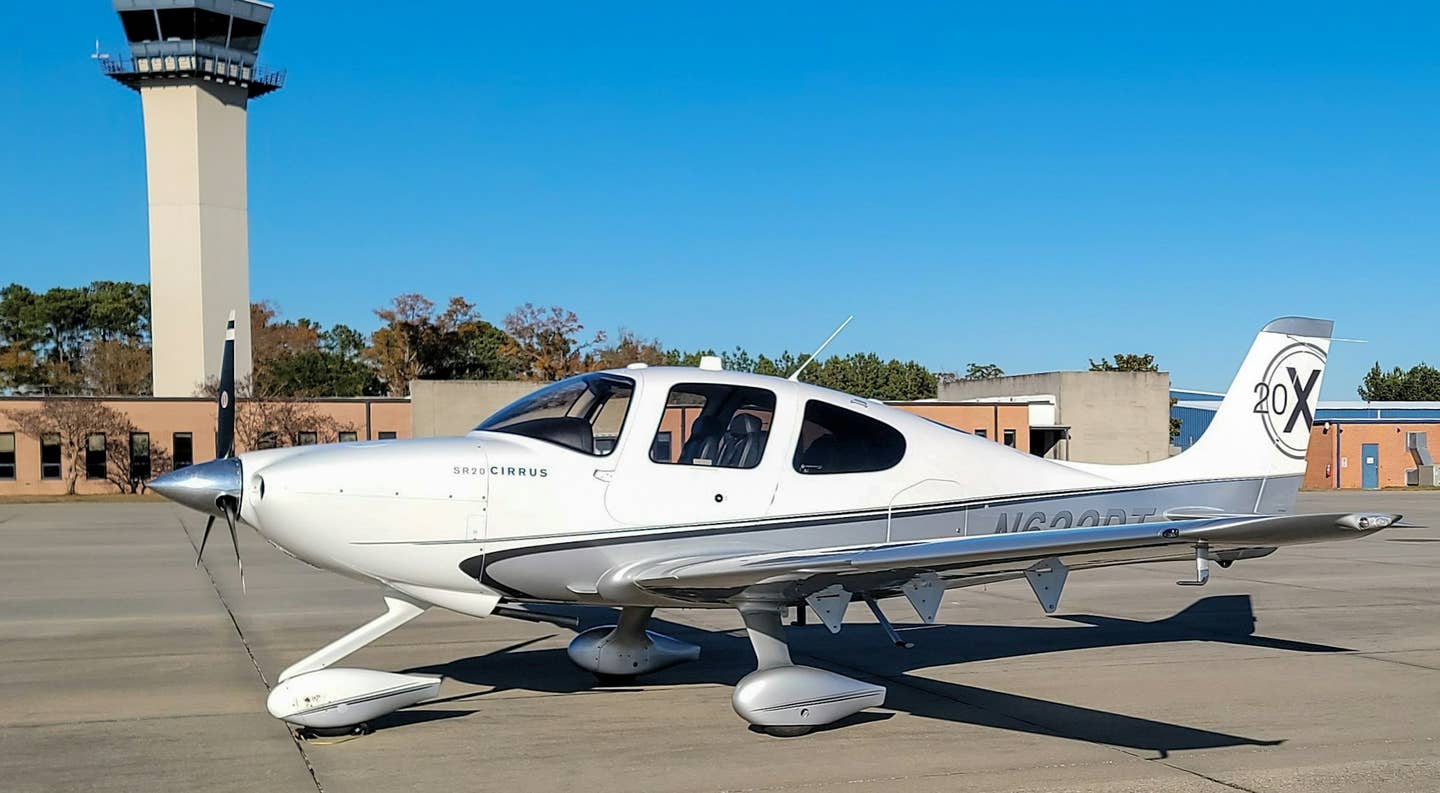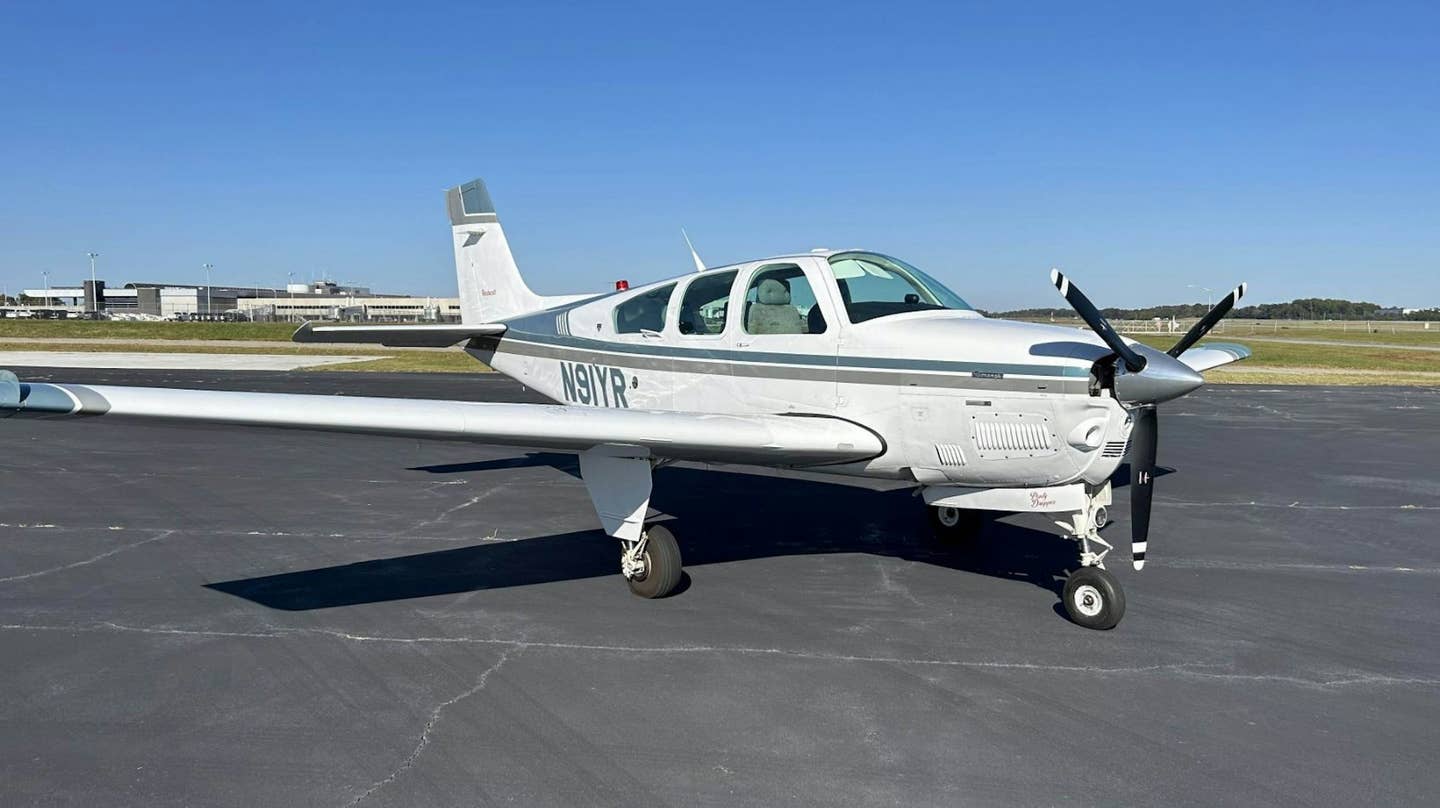
Cirrus Vision Jet
In a web conference late last year, Cirrus Design announced some key performance figures and weights for its Cirrus Vision jet, and it laid out a series of changes it has made to the jet as development has progressed. The four- to six-seat jet is slated for certification and first deliveries in late 2011 or early 2012.
The news was mostly positive. And while Cirrus did announce that it was slowing the pace of the development program, that pace up until now has been brisk. And the jet's development team was one of the few departments at Cirrus not to be hit by layoffs and furloughs last year. The reason, Cirrus Chairman Alan Klapmeier explained, was that the company sees the Vision jet as being critical to its long-term prospects.
The flight test team has put more than 120 flight hours on the airplane now, and pilots have taken the Vision to its 25,000-foot ceiling and maximum speed. They've also done engine restarts and stalls, and they've expanded the CG envelope to its expected limits. The airplane, interestingly, is outfitted with a BRS whole-airplane parachute from an SR22. In this installation, however, the chute isn't intended to allow the occupants to ride the airplane to the ground but simply to stabilize the jet to allow the test pilots to bail out. (In the production version, the chute will be a full-fledged whole-airplane recovery installation.) On the test article there's also a spin chute on the tail, though spin testing has not yet commenced. Furthermore, Cirrus has not yet decided whether it will attempt to get credit for the BRS chute in the spin program or go through the conventional spin matrix.
In terms of marketing spin, Cirrus continues to work hard to reduce expectations for the small single-engine jet, comparing it not with other business jets but with its own SR22 high-performance piston single. It talks mostly about factors such as the jet's easy flying manners, low operating costs (including insurance) and flexibility. As anticipated, the jet's max takeoff weight will be 6,000 pounds, though because of unspecified regulatory concerns, Alan Klapmeier said, it might behoove Cirrus to cut a single pound from that weight and make it an even 5,999 pounds.
Regardless of what the final tally is, Cirrus has cut weight from the model through some re-engineering. Among other changes, some more recent than others, Cirrus has eliminated the winglets in favor of conventional wingtips, thereby cutting pounds and increasing fuel capacity. In order to reduce drag and optimize the nose gear design, it gave the nose a deeper and more streamlined shape, and it changed the V-tail, giving it considerably less sweep and saving 40 to 60 pounds in the process. Designers improved the wing-to-fuselage fairing for reduced drag and eliminated the wing leading edge cuff. Also changed is the angle at which the thrust exits the turbofan engine, in part to make for lower stick force changes when the pilot adds or reduces power and to reduce rotation forces.
To cut weight Cirrus will also do without the right side door, a move that program head Mike Van Staagen said would save weight without greatly cutting convenience. And there's a new, rounder fuselage cross section, though it's hard to see the difference with the naked eye.
Because of the weight saving, Cirrus was able to add 20 gallons of fuel, increasing the Vision's usable capacity to 280 gallons (1,960 pounds). The full-fuel payload is now up to 400 pounds, an increase of 100 pounds. That improvement was in response, Klapmeier admitted, to customer requests for more range -- many deposit holders said that because they planned to fly the airplane light, most often solo or with just one other occupant aboard, they wanted and would use the extra fuel capacity on most flights.
Based on Cirrus' current numbers, they'll get their wish. With full fuel at a best economy power setting, which delivers around 210 knots, the jet will travel better than 1,250 nm (IFR range). Of course, few pilots will fly that slowly, so a more useful profile is the best cruise speed of 300 knots, at which the jet will be able to travel more than 1,000 nm, which has been Cirrus' high-speed cruise goal for the jet from the start. It goes without saying that loads larger than 400 pounds are going to decrease allowable fuel and, thus, range. Top level speed so far has been close to 320 knots, Klapmeier said, though he added that just 300 knots remains the goal.
Van Staagen discussed other planned changes that are ongoing, including relocating the air vents from the side of the fuselage to the inlet chin, adding a larger ventral fin (possibly dual Learjet style fins), increasing the size of the exterior baggage door and redesigning exterior lights, though in each case Cirrus has yet to finalize a configuration.
And the company has yet to announce a supplier for the avionics system to go in the Vision jet, though both Klapmeier and Van Staagen had positive comments about the L3 flat-panel system in the prototype (as they were about the Perspective by Garmin system in the new SR22).
And at a time in history when sharply rising prices are the norm for products of nearly every description, Klapmeier surprised many by sticking to his aim to deliver the jet at the ambitious base price of around $1 million in real dollars (about $1.25 million typically equipped).

Sign-up for newsletters & special offers!
Get the latest FLYING stories & special offers delivered directly to your inbox

